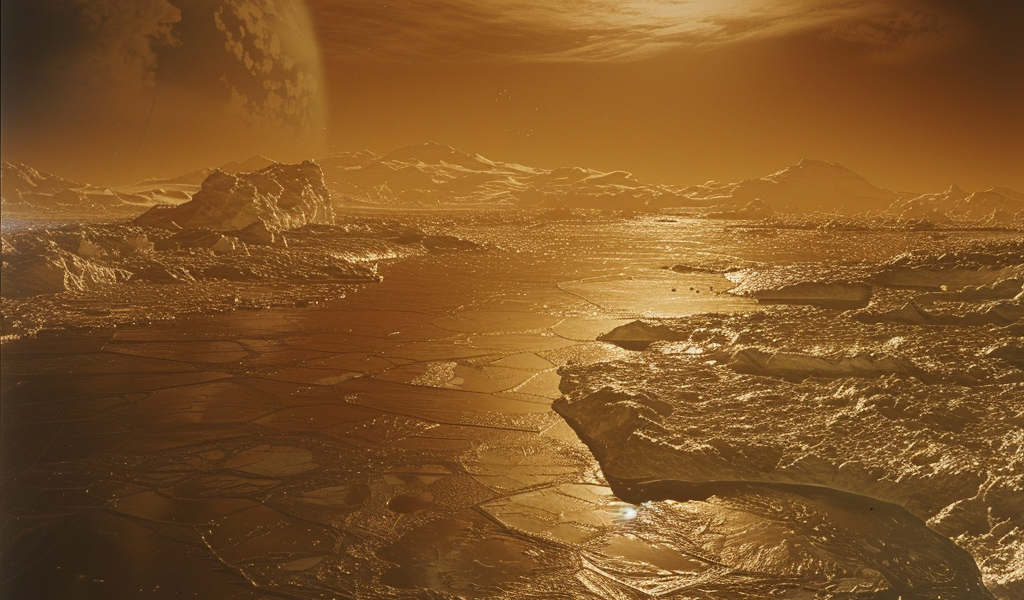This week, a study led by Western astrobiologist Catherine Neish has revealed that the subsurface ocean of Titan, the largest moon of Saturn, is most likely a non-habitable environment, dashing hopes of finding life in this icy world. The discovery significantly reduces the likelihood of space scientists and astronauts discovering life in the outer solar system, which is home to the giant planets: Jupiter, Saturn, Uranus, and Neptune.
Neish, an Earth sciences professor, expressed disappointment at the findings, stating, ‘Unfortunately, we will now need to be a little less optimistic when searching for extraterrestrial lifeforms within our own solar system. The scientific community has been very excited about finding life in the icy worlds of the outer solar system, and this finding suggests that it may be less likely than we previously assumed.’
The potential for identifying life in the outer solar system has been a significant area of interest for planetary scientists, astronomers, and government space agencies such as NASA. This is largely due to the belief that many icy moons of the giant planets harbor large subsurface oceans of liquid water. Titan, for instance, is thought to possess an ocean beneath its icy surface that exceeds the volume of Earth’s oceans by more than 12 times.
Neish, who is a member of Western’s Institute for Earth and Space Exploration, emphasized the importance of water as a solvent for life as we know it on Earth. Consequently, planets and moons with abundant water are of great interest in the search for extraterrestrial life.
The study, published in the journal Astrobiology, involved Neish and her collaborators quantifying the amount of organic molecules that could have been transferred from Titan’s organic-rich surface to its subsurface ocean, using data from impact cratering. Throughout its history, comets impacting Titan have melted the moon’s icy surface, leading to the creation of pools of liquid water that have mixed with surface organics. The resulting melt, denser than the icy crust, has caused the heavier water to sink through the ice, potentially reaching Titan’s subsurface ocean.
While the findings may seem disappointing, they represent a significant contribution to our understanding of the potential for life beyond Earth. As scientists continue to explore the mysteries of our solar system and the universe, the quest for extraterrestrial life remains a compelling and captivating endeavor.





